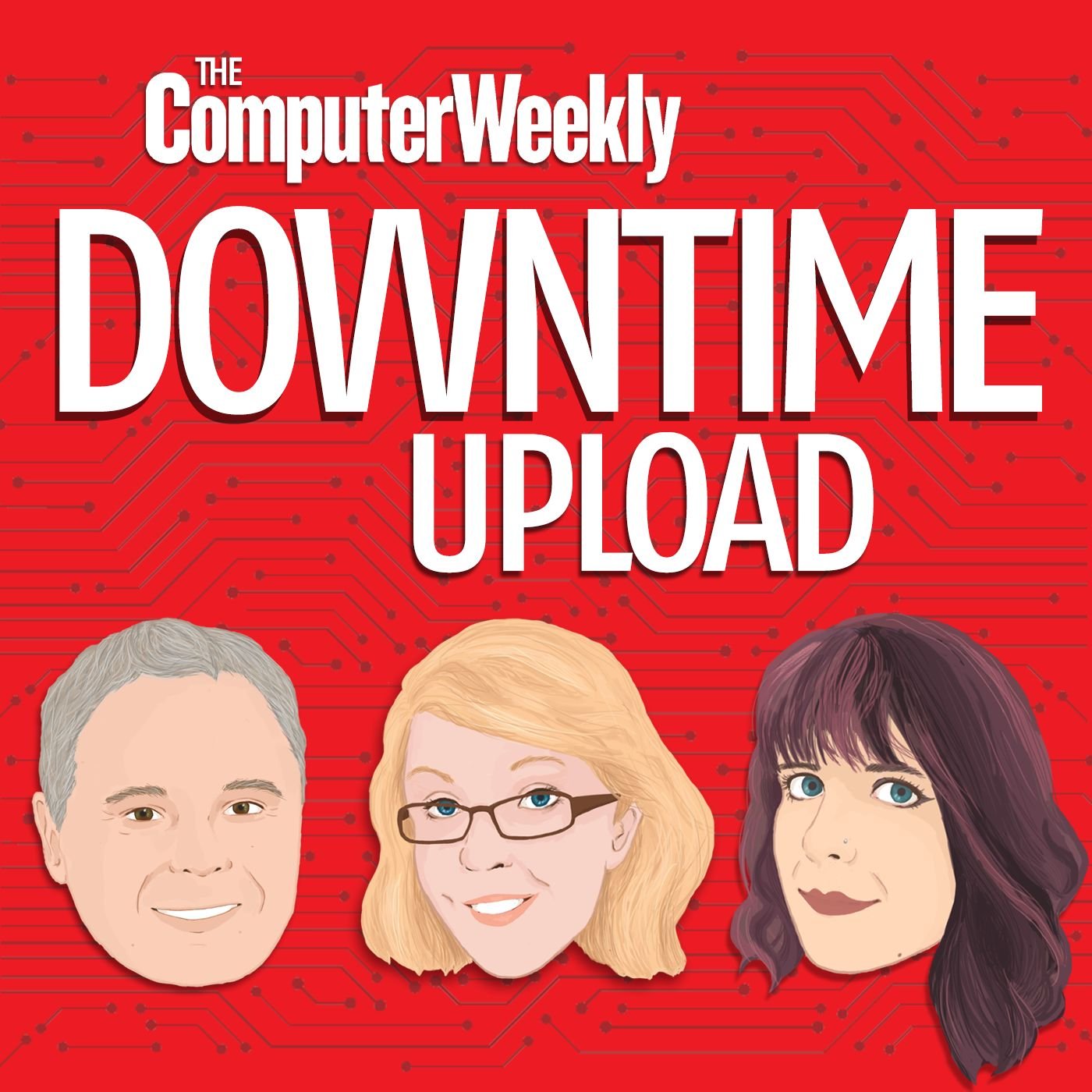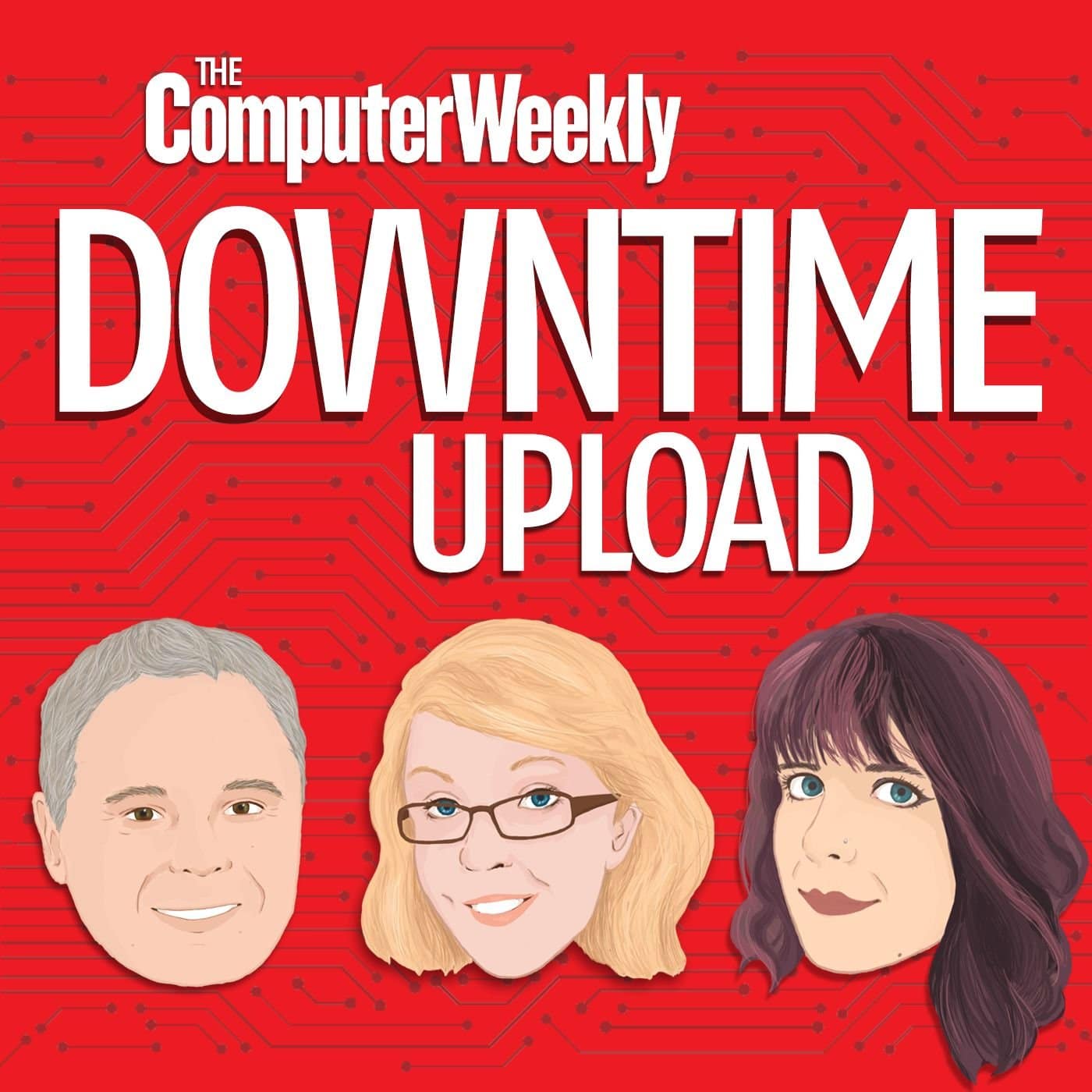By
- Clare McDonald, Business Editor
- Ryan Priest
- Brian McKenna, Business Applications Editor


Listen to this podcast
In this episode, Clare McDonald and Brian McKenna are joined by Ryan Priest to discuss IT’s role in combating climate change, on the eve of COP26, as well as YouTube’s temporary expulsion of Novara Media from its platform
In this episode, Clare McDonald and Brian McKenna are joined by Ryan Priest to discuss IT’s role in combating climate change and YouTube’s temporary expulsion of Novara Media from the platform.
After some Halloween-related chat and a nod to the COP26 conference in Glasgow (which commenced on 31 October, the very day of the Celtic festival to which Halloween traces its origins), the two regular podcasters and their esteemed guest get down to the business of the episode.
Ryan is a senior sub-editor for the editorial production team at Computer Weekly and the main author of the publication’s satirical column, Downtime – after which this podcast is named.
He begins by talking about his most recent Downtime, Fully automated luxury community guidelines, which is about YouTube’s mysterious temporary banishment of Novara Media’s channel from the Google-owned video sharing service’s platform.
The piece’s title is in reference to Novara Media co-founder Aaron Bastani’s book, Fully automated luxury communism. While Novara is on the left of the political spectrum, it found support in this instance from right-wing Talkradio, which was similarly booted off YouTube earlier this year.
That Novara received no warning or explanation for being banned is alarming, and has led to appeals for more transparency on YouTube’s part.
Ryan and the others discuss the unregulated power of the tech giants more generally, and he points to Ayn Rand and her “selfish is good” philosophy as a major influence on a host of Silicon Valley billionaire bigwigs. This influence is alluded to in an earlier Downtime from this year, Atlas hugged, which refers to Boston Dynamics’ scarily dynamic humanoid robot, Atlas. A robot none of us would like to meet on a dark night, Halloween or not.
COP26 and IT
While the tech giants wield power with a dark side, West Coast US IT companies are presently focusing on COP26 to make big statements about climate change.
COP26 (the 26th UN conference on climate change) is currently underway in Glasgow, with the aim of keeping the rise in global temperature to within 1.5 degrees Celsius by the end of the century. COP stands for “Conference of the Parties” to the original United Nations Framework Convention on Climate Change drafted in 1992. The aim is to prevent the planet from catastrophically over-heating, as it is presently on track to do. A big part of that is moving from fossil fuels to clean and renewable energies.
In Caroline Donnelly’s absence, Clare speaks on the podcast about one of her climate change-related stories concerning Microsoft.
Caroline’s story, Microsoft: Solving the climate crisis will require moon landing levels of tech innovation, looks at how solving the climate crisis will require a large-scale collaborative effort.
During a briefing session with the press, Microsoft chief environmental officer Lucas Joppa spoke about the scale of the task of halting the pace of climate change. He is in charge of the development and delivery of the software giant’s sustainability strategy, which has already seen it commit to becoming a climate-negative entity by 2030.
Clare welcomes the big societal – as opposed to just consumer-level – drift of the Microsoft intervention, and notes its avowed intention to reverse its carbon footprint since its inception. Joppa also, she says, highlighted the impact of digitisation on the climate, which runs ubiquitously. Every message we send uses energy.
Microsoft, like other enterprise software providers, offers ways for CIOs and chief technology officers to monitor energy use and emissions. But what then to do? Reducing e-waste by repairing digital devices and perhaps using hydrogen from clean electricity are part of the answer, but there is a big job of work to be done by the tech sector, as this CW article by Cliff Saran, to which Clare refers in the podcast, conveys.
Datacentres and climate change
Caroline has produced a rich vein of stories about IT and climate change, particularly about datacentres and the big public cloud providers, and their sustainability efforts.
She talked on the podcast recently about the water consumption habits of datacentres, and what those could mean for the environment in the context of the growing climate crisis. The landmark feature she wrote on that subject is called Climate change and datacentres: Weighing up water use.
Using software to reduce greenhouse gases
In this episode, Brian next talks about another feature on IT and sustainability in Computer Weekly, How software can help clean up emission-intensive industries, by Steven Mathieson.
This is focused on how software is helping emission-heavy industries reduce their emissions, particularly commercial buildings, chemicals or petrochemicals industries, and automotive companies. This is critical to getting to net zero, which is the achievement of a balance between the amount of greenhouse gas produced and the amount removed from the planet’s atmosphere.
The potential to reduce emissions by making heavy industries more efficient is great. Chemical and petrochemical industrial processes generate as much as 11.6% of greenhouse gases through energy requirements, Steven’s feature notes.
The article details the use of software from niche providers and SAP by heavy emitters to monitor and reduce damage to the environment.
But while software is part of the answer to the climate emergency, computer hardware is part of the problem. As Cliff Saran comments in a CW blogpost entitled COP26: IT’s role in tackling climate change, “far from being a clean sector, IT is an immense consumer of natural resources and electricity”. Among the statistics in that blog are, says Brian, that a single manufacturing plant – for semiconductors – can use 2-9 million gallons of water a day. And the wastewater from such semiconductor fabrication is also highly toxic.
The episode heads to a close with some discussion about what are the prospects for success in saving the planet, and immediately how successful COP26 is likely to be. There was consensus that the declarations of green intent by big IT companies are, for one thing, better than nothing, and that it is critical to sustain pressure from below on them and on governments.
Leave a Reply Cancel reply
document.addEventListener(‘DOMContentLoaded’, function () {
var commentForms = document.getElementsByClassName(‘jetpack_remote_comment’);
for (var i = 0; i < commentForms.length; i++) {
commentForms[i].allowTransparency = false;
commentForms.scrolling = 'no';
}
});
<!–
